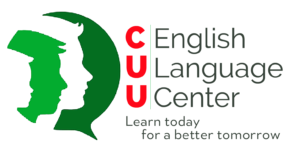Informacion
Ofrecemos un programa de idiomas completo que está diseñado para satisfacer las necesidades de los estudiantes de habla hispana.
ALSO
We offer a comprehensive language program designed to meet English-speaking students’ needs.
Latest Projects
CUU English Language Center
Republica de Guatemala 228-A Col. Panamericana 31210 Chihuachua, Chihuahua, Mexico
MX +52 (614) 406-1402
USA +1 (562) 652-1220
Dir. E. Armand Aguilar Ramirez
Horario
L-V: 8:00-19:00
Sa: 8:00-14:00
Su: Cerrado
